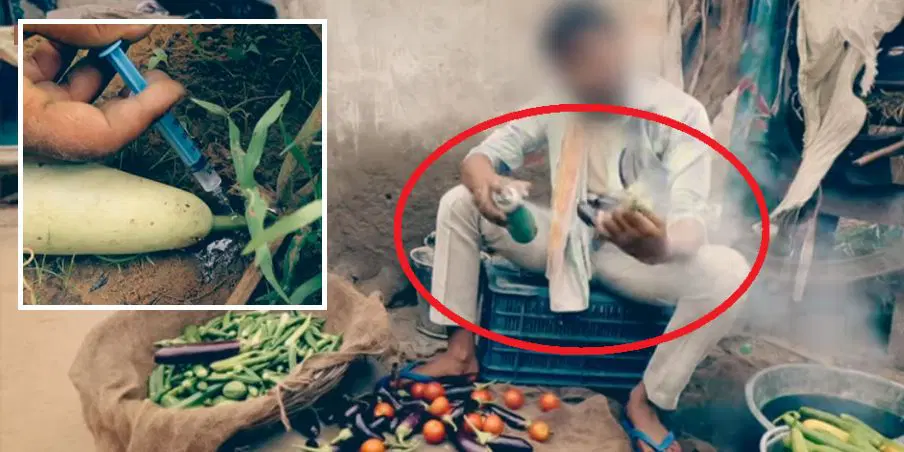
The Triple Threat: Pesticides, Bacteria, and Viruses On Vegetables, Fruits & Leafy Greens – A Call for Safer Practices
In the vibrant mosaic of India’s rich agricultural landscape, the journey of vegetables, leafy greens and fruits from farm to table is fraught with challenges that extend beyond the allure of their colors and flavors. The presence of pesticides, bacteria, and viruses poses a triple threat to the safety of our produce, demanding urgent attention and a call for safer agricultural practices.
The Pervasive Presence of Pesticides: Silent Intruders in Our Daily Diet
Pesticides, essential for protecting crops from pests, have become ubiquitous in the cultivation of vegetables, leafy greens and fruits. However, the residues left behind on the produce present a formidable health hazard. Prolonged exposure to these chemical residues through the consumption of vegetables and fruits has been linked to various health issues, prompting a critical reevaluation of agricultural practices.
Bacteria and Viruses: Unseen Culprits on Our Plates
The journey from the fields to our plates exposes vegetables, leafy greens and fruits to bacterial and viral contamination. Contaminated water sources, unhygienic handling, and inadequate storage conditions provide a breeding ground for microbes. Ingesting vegetables carrying these unseen culprits can lead to foodborne illnesses, highlighting the need for stringent safety measures.
The Call for Safer Practices: A Collective Responsibility
Amidst this triple threat, there is an urgent call for safer agricultural practices to protect the health of consumers:
a. Integrated Pest Management (IPM): Encouraging the adoption of IPM practices can help minimize the reliance on chemical pesticides. This holistic approach combines biological, cultural, and mechanical methods to control pests, promoting a more sustainable and eco-friendly farming ecosystem.
b. Safe Handling and Storage: Implementing stringent guidelines for the handling and storage of vegetables, leafy greens and fruits from farm to market is crucial. Ensuring proper hygiene practices during harvesting, transportation, and storage can significantly reduce the risk of bacterial and viral contamination.
c. Consumer Awareness and Education: Educating consumers about the potential risks associated with pesticide residues, bacteria, and viruses is paramount. Empowering individuals to make informed choices and advocating for safer practices can create a demand for vegetables, leafy greens and fruits produced with health and sustainability in mind.
d. Herbal Alternatives for Cleaning: Introducing herbal alternatives, such as Raakhee Herbi Wash, into daily routines offers consumers an effective and safe solution for cleaning vegetables, leafy greens and fruits. These alternatives address contamination concerns without compromising the nutritional integrity of the produce.
In Conclusion: Cultivating a Safer Future for Indian Vegetables, leafy greens and fruits
As we navigate the triple threat of pesticides, bacteria, and viruses in Indian vegetables, leafy greens and fruits, the path forward lies in collaborative efforts. From farmers adopting sustainable practices to consumers making informed choices and advocating for change, a collective commitment to safer practices is essential. By doing so, we not only protect our health but also cultivate a safer and more sustainable future for the agricultural landscape of India.


